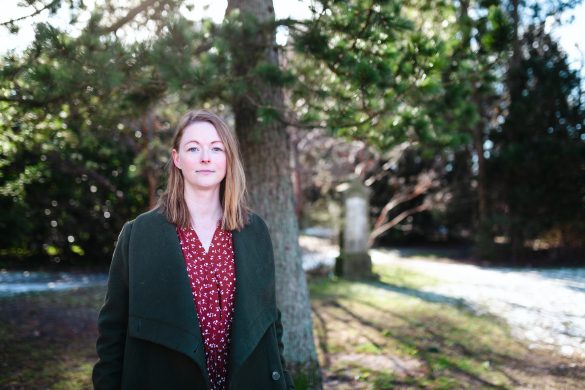På og langs floden Maekok mellem Burma og Thailand blomstrer handlen med narkotika, skriver nyhedsbureauet IRIN mandag.
CHIANG RAI, 11 April 2011 – In 2009, seizures of pills in Burma and the countries immediately bordering Shan State tripled from the previous year, a trend that has continued in 2010, a recent report by the UN Office on Drugs and Crime (UNODC) states.
Between January and September 2010, more than 44 million pills were seized in Thailand alone, while over 22 million pills were confiscated in Lao PDR, it added.
Most amphetamines are produced in small, mobile labs near Burma’s borders with China and Thailand, primarily in territories controlled by active or former ethnic insurgent groups, many of which now operate as criminal syndicates rather than politically motivated insurgents, according to the 2011 International Narcotics Control Strategy (INCS) report released in March.
“Burma’s drug enforcement authorities have not suppressed drug production and trafficking from the ceasefire enclaves of certain ethnic minorities, primarily the region controlled by the United Wa State Army [UWSA],” it stated.
But while the UWSA is considered a prime player in the drug trade, there is also a surge in production – of both amphetamine tablets and heroin – by militia groups aligned with Burma’s military-led government.
This is attributed to the army’s reliance on taxation of opium, and its policy to allow proxy militia groups to deal in drugs in exchange for policing resistance activity, maintains Shan expert Kuen Sai.
Despite promises by the UWSA to eradicate poppy fields in its Northern Burma region, the policy has led to a rise in opium production in other areas of the country, he said.
“As the drug trade goes, it has a balloon effect. When it was suppressed in the Wa area it went to other areas. The production began to build up in other areas of Shan state,” explains Kuen Sai.
Thai challenge
Drug eradication has been a constant challenge for Region 4 Special Forces Colonel Peeranate Ketthem, who overseas the northern borders of Thailand.
“The drug organizations have set up the factories in the ethnic groups’ community, where they can control production.
“For example, in northern Shan state they’ve built up factories in four or five places and also built a factory in the area between Ko Kang ethnic group and Wa state.”
The colonel estimates that less than 30 percent of the total amount of drugs being smuggled in is actually intercepted by Thai forces.
Indeed, the vast stretches of land between the two borders provide ample room for crossing undetected.
Smuggling experience
On the Kok River, a former Wa soldier tells of the smuggling he once undertook just to survive.
Often going without proper food and supplies, the former soldier would get just over US$300 for each delivery down the river. The parcels, containing 10,000-20,000 tablets, were usually wrapped in watertight packets.
“The people who would order me to do the deliveries were usually army commanders. We couldn’t really refuse.”
And with no signs of the conflict easing up, most observers expect the drug problem to continue.














